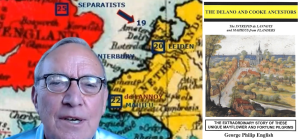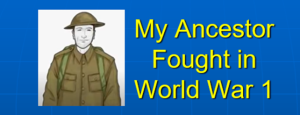Brick Walls. We’re all familiar with them. How on earth do we break them down? We have made this video to give you ideas of approaches and different ways to tackle brick walls; and share with you a couple of examples. We hope that will give you some inspiration to go and solve your own brick walls. If you get stuck, you can always ask us.
When family history challenges arise, it can hold you back from building on the results of your own research. Brick wall problems come in all shapes and sizes such as the person you can’t find in the usual records, the one who seems to have disappeared and the lack of information about someone.
Typically, with Brick Walls, Plan A has not worked. Ways to solve such problems include analysis and logic, creativity, help from friends and relatives and, sometimes, luck! What is required is a systematic approach to improve success, making effective use of time and money.
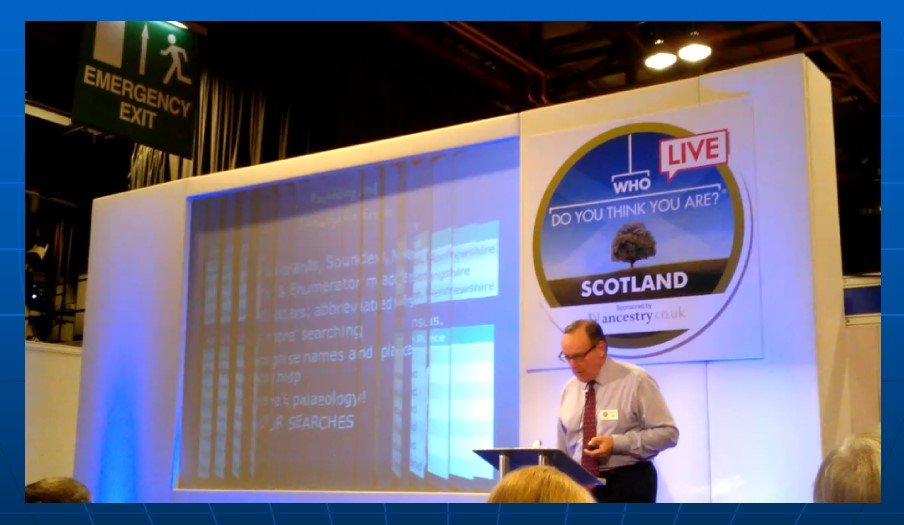
Recording & Transcription Errors
I have done many talks about Breaking Down Brick Walls, as well as other genealogy topics.
Recording & transcription errors are one of the most common, and frustrating, causes. Even Registrars and Enumerators made errors! Using *, wildcards or Soundex will increase the chances of finding an existing record.
Online resources – we are fortunate to live at a time when so many records are now available online. Developing one’s knowledge of the ever-increasing number of websites will help to tackle many brick walls.
Other sources – what cannot be found in census, registration or parish records, could be on gravestones, in Wills, electoral registers, newspapers or other types of record.
Knowledge – clearly, the more one knows, the easier it is to find the right information. This does not just include where to find the census or birth, marriage and death records. What other information is held at your local or national archives?
Geography and History can play a part, including where places were and in deciphering hard-to-read place names. History can help in many ways such as what happened to the individual during the Industrial Revolution, migration and in bringing to life the times that your ancestors lived in
Friends and relatives – this includes the army of helpful archivists and librarians who are happy to use their knowledge and expertise to point you in the right direction
Many of our clients have already found out a lot about their ancestors. What they are looking for is our expertise to help them make further progress.
John Smith Ancestry
Let’s take an actual example of the genealogist’s biggest fear – a very common surname. In this case, John Smith! Here it’s more difficult to ensure that you have the right person.
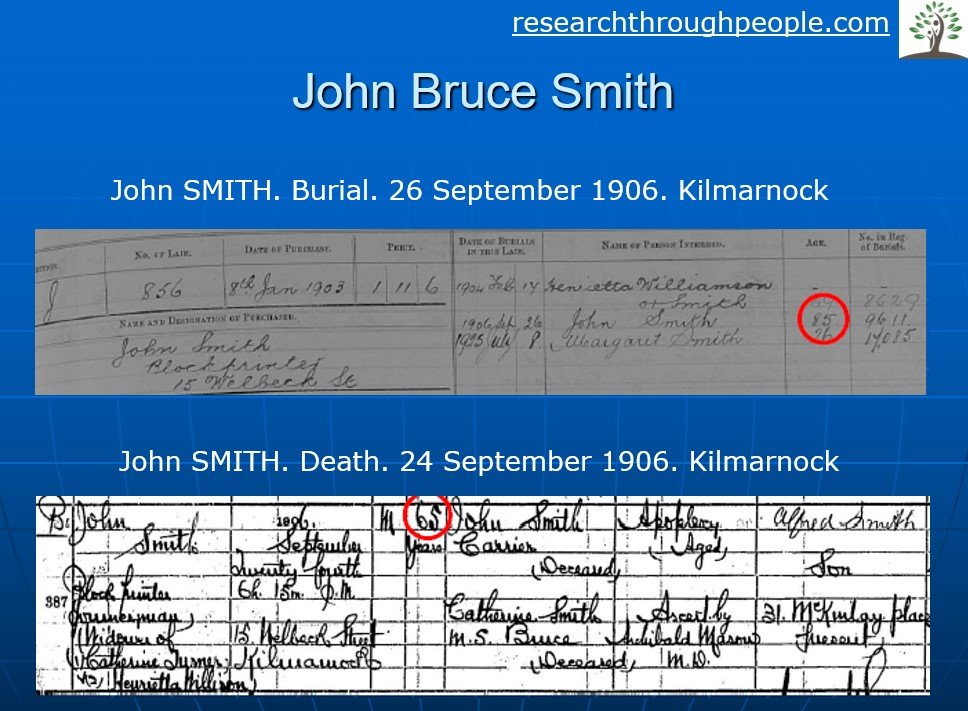
When John’s son, Hugh Fleming Smith died in 1922, his father’s name was clearly stated as John Bruce Smith; and his mother Henrietta Willison. We had no problem finding John’s 1822 baptism in Perth; his 1849 marriage to Henrietta, many Census entries. And finally his burial on 26 September 1906 and his gravestone in Kilmarnock Cemetery. His burial record gave his age as 85. So, we had found all the main primary source records. We knew when he died to within days, so finding his death record should have been straightforward – but it wasn’t! Finally, having spread the net wider and wider, we found that he had died just 2 days before he was buried. But, as well as his name being just John Smith, his age was recorded as 65! Probably the scribe had misheard the family?
Problem Solving Techniques
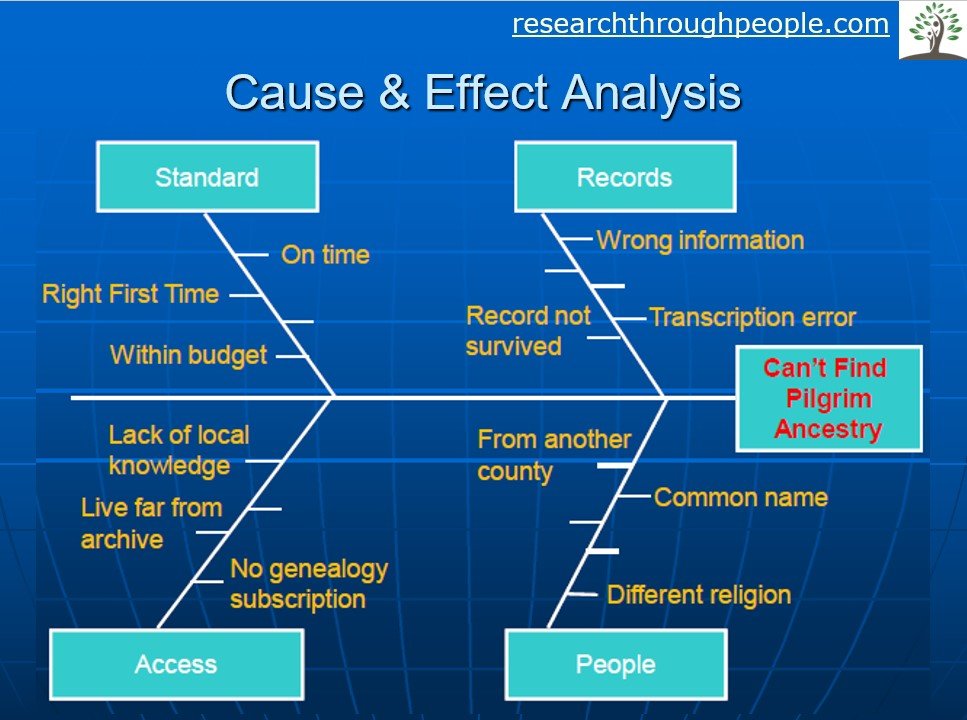
There are many problem solving tools and techniques used in organisations. I’ve spent much of my career helping organisations with improvement. So, naturally, I use everything I have learnt. What surprises me, is how seldom I have seen some of them used in genealogy. One of the most powerful is Cause and Effect Analysis, which I have never seen used. In the Pilgrim family example above, their ancestry could not initially be found. The reasons, or Causes, of this Effect, could be numerous. Thinking about what these could be, using the headings of Records, People, Access and Standard, helps to plan a logical approach to solving this problem. Which we did!
That gives you an idea of what can be involved in breaking down brick walls. Most genealogists enjoy problem solving but it can be very frustrating! We hope that has helped you. If you want to get in touch, feel free. We have a free consultation service. We look forward to hearing from you.


